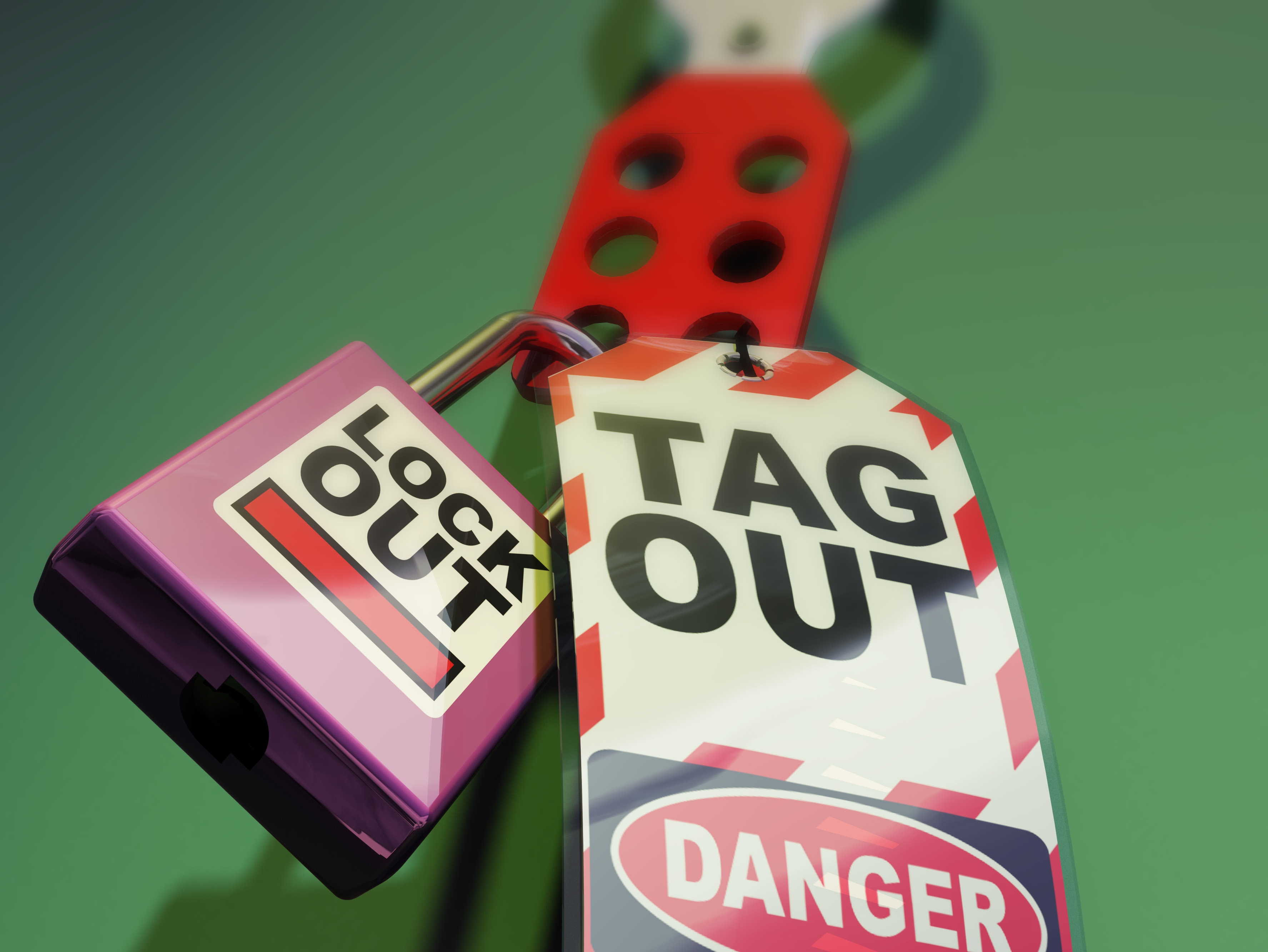We’re now onto the last of our blogs on entry routes of hazardous substances into the body, and today’s article takes a look at accidental injection of such toxins. While uncommon in most workplaces, it can occur when a sharp object (e.g., needle) punctures the skin and injects a chemical (or virus) directly into the bloodstream.
Uncommon, but not unheard of – hazardous chemicals and injections
Topics: HSE, HSE best practice, Environmental hazards, Hazardous chemical substances
In part three of our four-part blog series, we take a look at how hazardous substances are ingested through the body. It sounds pretty simple – we swallow them right? It’s actually a little more complicated than that. Let’s have a look.
Topics: work safety, HSE, HSE best practice, Environmental hazards, Hazardous chemical substances
Point of fact – there are only hard HSE questions if you don’t have an answer for them. And this is not advisable when your actions (or inactions) can lead to injury or loss of life. Have a look at the following sample list of ‘hard’ HSE questions. If your answers resemble the solutions we have provided, then every HSE question will more than likely have an easy answer. Simple.
Topics: Occupational Health and Safety, HSE, Safety, HSE best practice, Safety training
Granted, this could be a matter of opinion but it’s a reality that showing (in other words, demonstrating), is usually the most effective way to teach others ‘best practice’. We’re talking about videos.
Topics: work safety, HSE, HSE best practice, HSE and social media, social media
Almost there, and this is the last active step you’ll take when it comes to rolling out your health and safety training. Today we’re talking evaluation. And why is it so important?
Topics: work safety, HSE, training, Safety training, HSE training
Topics: Career in Health and Safety, HSE, Safety training, HSE training
Risk management is usually the responsibility of risk managers/professionals in separate business units working with different risk management systems. This contributes to a lack of risk information sharing and a lack of understanding of the organisation’s key risks, which prevents optimum results from being achieved. Although business units may function in isolation, risks certainly do not.
Topics: work safety, Risk management, HSE, integrated, software, SHE, Incident Investigation, Reporting
#CapeStorm: Here’s how to stay safe, no matter where you are
Today Cape Town residents are ‘battening down the hatches’ as a massive storm has hit the area, with roofs being blown off dwellings, roads closed and trees uprooted. A number of people have already been displaced, with residents doing their best to stay warm and dry, and working together to help those in need.
Topics: HSE, road safety, Safety, HSE best practice
South Africa’s law on smoking is very clear. Its law on vaping and e-cigarettes? Less so. South Africa has become progressively more restrictive on when and where its citizens can light up, and its penalties for non-compliance are appropriately punitive. But when it comes to e-cigarettes, does any legislation currently exist on what we can and can’t do? This blog will break down what is currently known regarding the legal implications of vaping.
Topics: HSE, Smoking, Vaping, Legislation, HSE legislation
Why it’s essential to carry your HSE training outside of the workplace
We’ve said it before – training doesn’t stop at the boundary wall of where you work. Safety is an attitude, a way of life. This means that how you observe safety is constant, and just as important when you are at home prepping dinner for your family, or travelling on the road, as it is when you are, say, operating a forklift machine on the factory floor. Apart from anything else, constant and consistent observance means you’ll get into the habit of practising safety, and eventually it’ll be second nature, and not something you have to consciously work at. Today, while you take your well-deserved break from work, it doesn't mean your vigilance when it comes to safety is on leave too.













